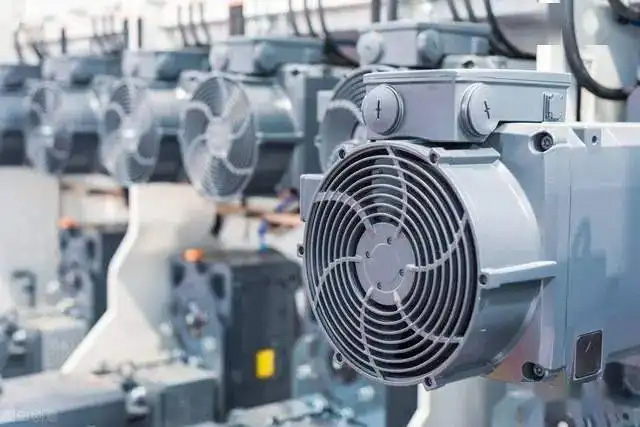Classification Of The Working System Of The Motor S1-S10
The classification of the working system of the motor is a description of the load condition of the motor, and the working system of the motor refers to the use of the motor and other related technologies to complete the work effect that people want to achieve. It includes starting, electric braking, no-load, power-off stop and the duration and sequence of these stages. The working system is divided into the following 10 categories:
S1 Continuous Duty: The operating time under constant load is sufficient to achieve thermal stability.
S2 Short-time working system: run for a given time under constant load, the time is not enough to achieve thermal stability, and then the power is cut off and stopped for a sufficient time, so that the motor is cooled again to a temperature difference of less than 2K with the cooling medium.
S3 Intermittent cycle work system: run according to a series of identical work cycles, each cycle includes a period of constant load running time and a period of power-off stop time. The starting current of each cycle in this duty system will not have a significant effect on the temperature rise.
S4 includes the intermittent cycle work system for starting: run according to a series of identical work cycles, each cycle includes a start time that has a significant impact on temperature rise, a constant load operation time and a power-off stop time.
S5 includes the intermittent cycle duty system of electric braking: operate according to a series of identical duty cycles, each cycle includes a period of starting time, a period of constant load operation, a period of rapid electric braking time and a period of energy-disabled stop time.
S6 Continuous cycle work system: run according to a series of identical work cycles, each cycle includes a period of constant load operation time and a period of no-load operation time, but there is no energy-stopping time.
S7 includes the continuous cycle duty system of electric braking: it operates according to a series of identical duty cycles, each cycle includes a period of starting time, a period of constant load operation and a period of rapid electric braking time, but there is no power-off stop time.
S8 includes the continuous cycle duty system with variable speed and variable load: it operates according to a series of identical duty cycles, each cycle includes a period of constant load operation at a predetermined speed, and one or more periods of other constant load operation time at different speeds , but there is no time to stop.
S9 Duty system of load and rotational speed aperiodic change: aperiodic duty system in which the load and rotational speed vary within the allowable range. This duty cycle includes frequent overloads, whose values can far exceed full load.
S10 Discrete constant load duty system: including no less than 4 discrete load values (or equivalent loads), the operating time of each load should be sufficient to make the motor reach thermal stability, the minimum load value in one duty cycle Can be zero.

In addition to being marked with the corresponding codes of S1~S10, the working system type should also meet the following requirements:
For the S2 work system, the working time limit should be added after the code S2; for the S3 and S6 work systems, the load duration rate should be added after the code name. For example: S2-60min, S3-25%, S6-40%.
For S4 and S5 duty system, the load duration rate, the moment of inertia Jm of the motor and the moment of inertia Jext of the load should be added after the code. The moment of inertia is the value calculated on the motor shaft. For the S7 duty system, the moment of inertia Jm of the motor and the moment of inertia of the load should be added after the code, which are the values calculated on the motor shaft. For S10 working system, the nominal value of the corresponding load and its duration should be marked after the code.












